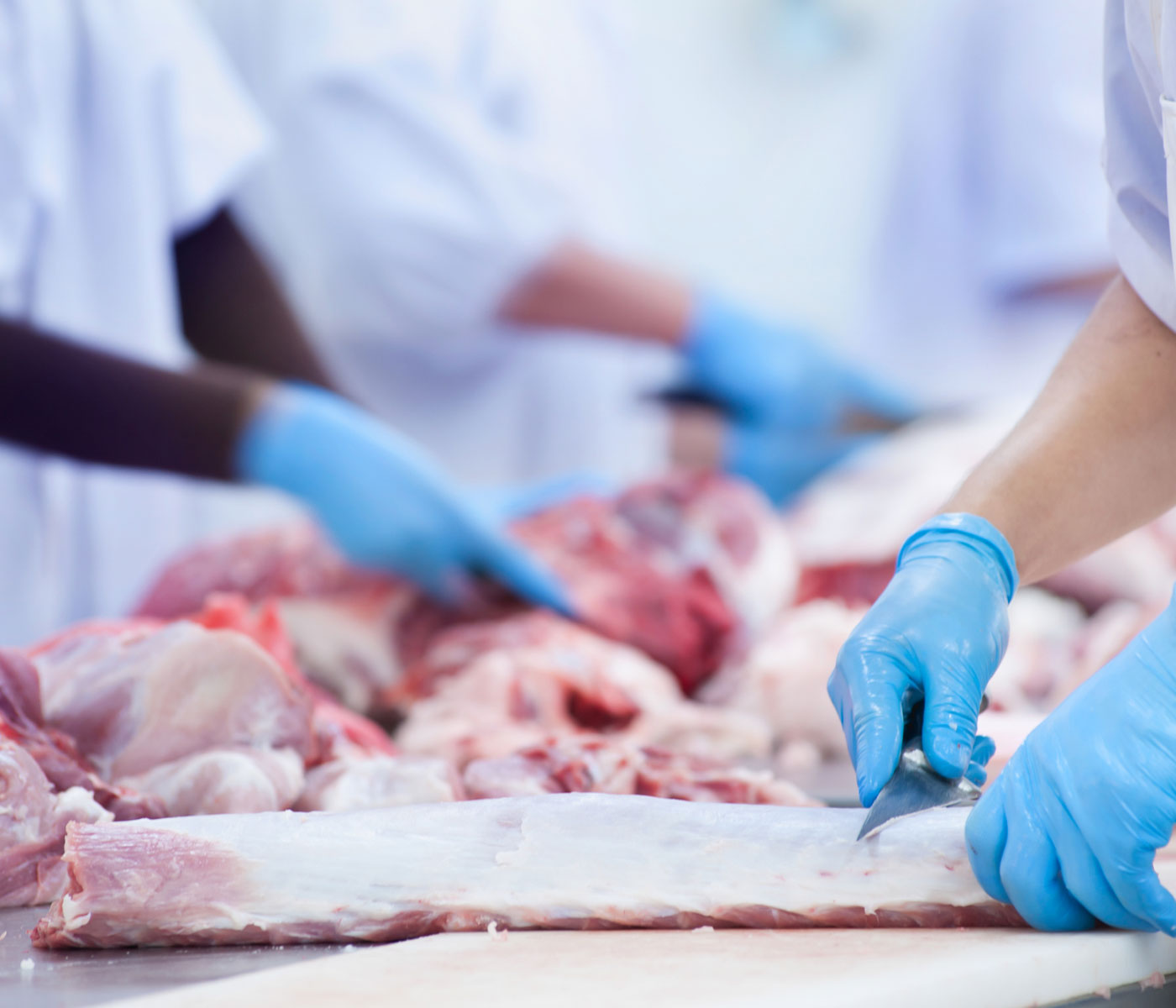Smart Tech to Detect Meat Contamination

01 Jul 2025
Innovative Tools for Detecting Microbial Contamination in Meat Processing
Ensuring the safety and quality of meat products is a constant challenge for the food industry. While microbial contamination has long been a concern, advances in instrumentation and predictive microbiology are offering faster and more precise solutions to detect and control it—right on the slaughter line.
Fluorescence-Based Technologies for Carcass Evaluation
In modern meat processing facilities, instrumental methods based on fluorescence are being increasingly adopted. These systems identify the degree and location of microbial contamination on carcasses, allowing processors to take immediate corrective action, such as targeted decontamination or removal of the most affected sections during slaughter or post-handling.
Predictive Tools for Assessing Food Spoilage
Numerous techniques help estimate the extent and nature of microbial contamination in food, including:
- Microbiological
- Physico-chemical
- Organoleptic
- Bioinformatic methods
One of the most powerful emerging approaches is Predictive Microbiology, which uses mathematical models, statistical analyses, and computational tools to forecast microbial behavior. This allows for microbiological monitoring at any point in the food chain—from farm to table.
Predictive models help anticipate what will happen during storage and processing, assessing microbial growth potential based on conditions like temperature, pH, moisture, and gas composition.
Fast, Informed Decisions with Predictive Microbiology
These tools provide rapid, proactive insights that are valuable for:
- Estimating shelf life, crucial for logistics and commercialization
- Determining the time window during which no pathogenic microorganisms (e.g., Listeria monocytogenes, Salmonella spp) reach risky levels
- Designing new products while evaluating how changes in composition or processing impact microbial safety
- Optimizing inspection and sampling schedules
Bioinformatics and Metabolomics: Accelerating Microbial Detection
Bioinformatics speeds up traditional microbiological analysis by detecting metabolic changes in food, modeling them, and delivering actionable insights. This approach enables clear distinctions between food categories based on their conservation status.
Closely related is Metabolomics, the study of metabolic changes over time and space. It examines how microorganisms interact with food substrates (e.g., sugars, proteins, carbohydrates) and identifies the compounds produced through microbial activity.
The presence and concentration of certain microorganisms can be predicted based on the types of substrates available in a given food.
Toward Smarter Packaging and Longer Shelf Life
Research is also focusing on antibacterial packaging that extends the shelf life of products like meat. These solutions are particularly effective for low-fat ground meats. One promising material is PLA (polylactic acid)—a biodegradable thermoplastic made from renewable sources like corn starch or sugarcane—infused with carvacrol, a natural antibacterial compound found in oregano and thyme.
Emerging Trends: A Glimpse into the Future
Instead of making rigid forecasts, experts prefer to speak of technological trends—and one clear direction is toward molecular platforms and advanced biosensing systems, including:
- Biosensors
- DNA microarrays (gene chips)
- Nanocantilevers
- Lab-on-a-chip devices
These integrated systems combine biology, nanotechnology, and electronics to create user-friendly, compact tools that can be used in laboratories, processing lines, and even directly by consumers or integrated into food packaging.





